Existing User Log In
New User Registration
Register for a free account to gain full access to the VGChartz Network and join our thriving community.



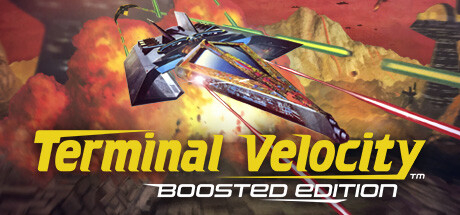

America - Front
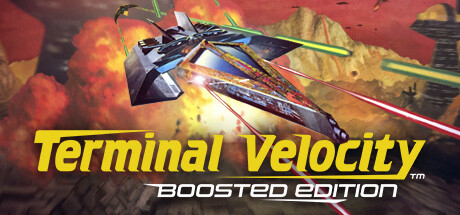

America - Back

Terminal Reality
Shooter
 (Add Date)
(Add Date) (Add Date)
(Add Date) (Add Date)
(Add Date)
| Owners: | 0 |
| Favorite: | 0 |
| Tracked: | 0 |
| Wishlist: | 0 |
| Now Playing: | 0 |
Terminal Velocity is the kind of game you get nostalgic about, even if you never played it before. That's probably because it belongs to such a distinct time and place in the video game industry, a formative period around 1995 when 3D graphics were still rather primitive and first-person flight simulators were en vogue. Indeed, even if you never played Terminal Velocity as a kid in the 90s, you probably played and loved something just like it. Luckily for those who didn't experience the original on DOS or Windows 95, preservationist publisher Ziggurat has dusted it off, updated it for modern platforms, and re-released it as Terminal Velocity: Boosted Edition.
Don't mistake "Boosted" for remastered or remade, though. Although Ziggurat and original developer Terminal Reality have upscaled the graphics, extended draw distance, sped up the frame rate, and re-engineered the sound, this is essentially the same software from 1995 — for good and for ill.
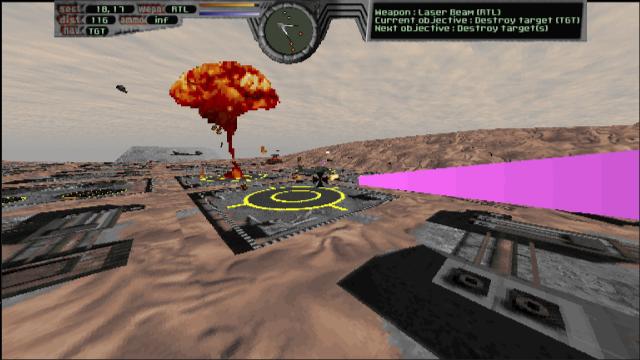
The game takes place in the far future, in the year 2704. For 70 years prior, Earth had led a federation of planets called the Alliance of Space-Faring Alien Races (ASFAR), organized around a non-aggression treaty. In early September of 2704, without warning, the ASFAR armada descended on Earth, killing millions. As a top gun in the Earth defense corps, you're tasked with flying the TV-202, one of the fastest and most dangerous ships available, into enemy territory to stop the alien forces and discover the source of the ASFAR's betrayal.
Of all the positive features of Terminal Velocity, the most surprising thing is its world-building. The original scribes at Terminal Reality did an outstanding job dreaming up a captivating sci-fi premise and then introducing different worlds, technologies, and conflicts as the game goes on. Before each mission, you'll receive a briefing about each planet or interstellar body, including how many light years it is from Earth, along with all the installations and enemy aircraft that inhabit it. These little details make it feel like you're bouncing around the galaxy in an adventure to save your home planet, and not just completing a series of levels.
Speaking of levels, the game boasts 27 of them, spread across 10 different settings. These are equal parts good and bad. First, the good. Each level in Terminal Velocity is huge and entirely open-ended. And since there's no time limit, you can explore the landscape in your TV-202 at your leisure. You could opt to head right for the next point of interest, or you could venture elsewhere to defeat every last enemy and discover all hidden tunnels. What's more, each level is geographically unique, with distinct enemy craft and environmental features. You'll start in a mountainous area and soon enough find yourself on a volcanic planet; a world of sand and giant fossilized monsters; and, most striking of all, a moon-turned-supercomputer.

That's the good news. The not-so-good news is that every level, despite its thematic differences, plays pretty much the same. In each stage you'll move from checkpoint to checkpoint, destroying aircraft and satellite dishes along the way. At first, when the total freedom of movement and zippy action of the game is still novel, this isn't bad at all. But after 25-plus levels of the same shallow gameplay, it all becomes very mundane.
To be fair, while the gameplay is shallow, it's also enjoyable in short bursts. Terminal Velocity fancies itself a "360-degree combat flight simulator", but that's a bit of a stretch. Really, it's a 3D first-person shooter set in a flying vehicle, in the style of Descent and Forsaken. There's very little flight simulation going on here; the TV-202 can maneuver without the pressure of realistic physics and all the in-flight controls are streamlined for convenience. As a result, the game has a breezy arcade-like accessibility. You'll fly around each level at extreme speeds, unloading missiles, lasers, and ion weaponry into fighter jets, tanks, boats, and enemy bases. It's fun, for a time. The problem, as mentioned earlier, is that this simple gameplay loop, paired with unchanging mission parameters, makes for a tedious experience in the end.
What Terminal Velocity desperately needs is diversity. It's not enough to introduce a new type of enemy vessel on each planet if it behaves with more or less the same artificial intelligence as the last dozen, and it's insufficient to create 10 different worlds if the cave systems, power-ups, and mission designs therein are indistinguishable from each other. Terminal Velocity is decently long for a shareware shooter — roughly five to six hours — but you'll probably grow tired of it after the first 90 minutes.
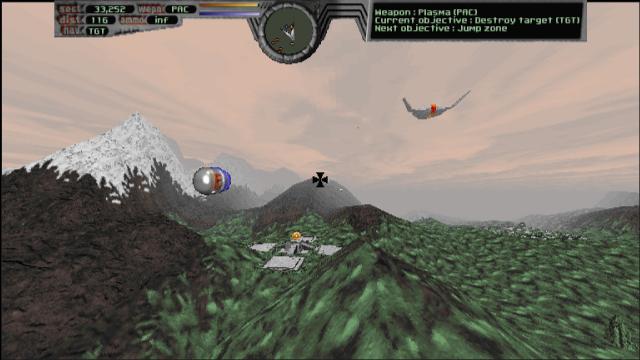
On the topic of value, Terminal Velocity offers a couple of reasons to return to the game after you've completed the final mission. There are four difficulty settings, and local leaderboards that monitor your high scores. An online leaderboard would have been a nice way to enhance this re-release, but its absence isn't a deal-breaker. The more glaring omission is a competitive multiplayer experience that approximates the original's 8-player networked dogfight mode. That would certainly have given Terminal Velocity: Boosted Edition more staying power.
Although the game's multiplayer mode is missing, this re-release enjoys several technological tweaks that elevate it above the original, and make it more approachable for modern audiences. These include widescreen support, a smoother framerate, improved sky rendering, and — essential for a 360-degree sandbox game — greatly expanded draw distance. The fog that seemed to hover everywhere in the original release has been pushed back considerably. Finally, Terminal Reality re-engineered the sound channels from 1995 to provide immersive surround sound.
Importantly, the developers have accomplished all this audio-visual fine-tuning without altering the core game from 1995. While it's true that Terminal Velocity would benefit from a true remake to fix some of its inherent flaws, it's ultimately an admirable thing that Ziggurat preserved the original code and made it playable on modern systems. The company's mission is to "celebrate and expand upon the legacy of video games", after all.
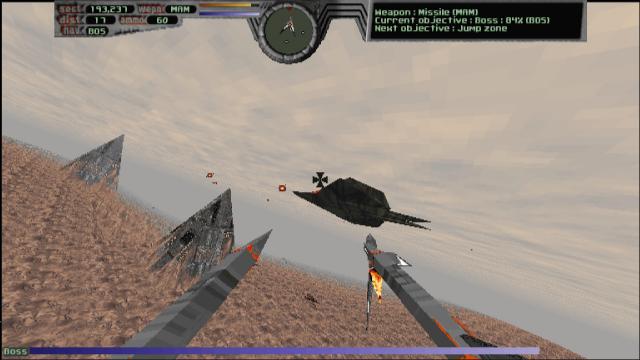
On the performance front, I'm happy to report almost everything performed perfectly during my five or so hours in the game. I ran into only one small inconvenience: when I completed chapter two, the game brought me back to the beginning of the chapter instead of proceeding on to chapter three. At the conclusion of chapter three, I was once again returned to the start of chapter two. In both instances, I was able to manually start the next chapter and ultimately finish the game. Note: the developers are currently working on a fix for this issue.
Terminal Velocity: Boosted Edition is an interesting experiment. On one hand, the re-release shines a light on the mediocrity of the original game. On the other hand, it revives a niche title, augments it while retaining its authentic core, and brings it to modern players who might have gone their whole gaming lives without ever encountering it. At a time when delisting video games is commonplace, and entire digital storefronts are closing (buy those 3DS and WiiU games while you can!), it's refreshing to see an old shareware title get a second chance in the sun.